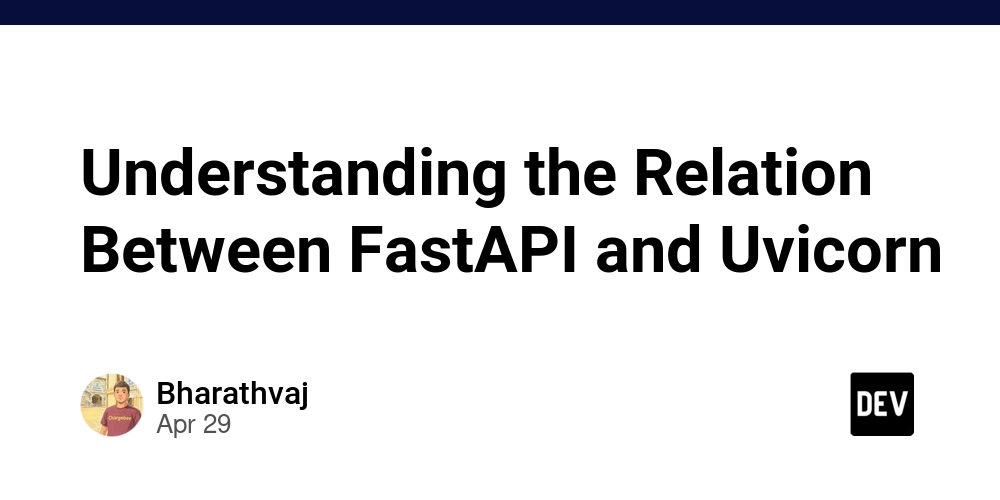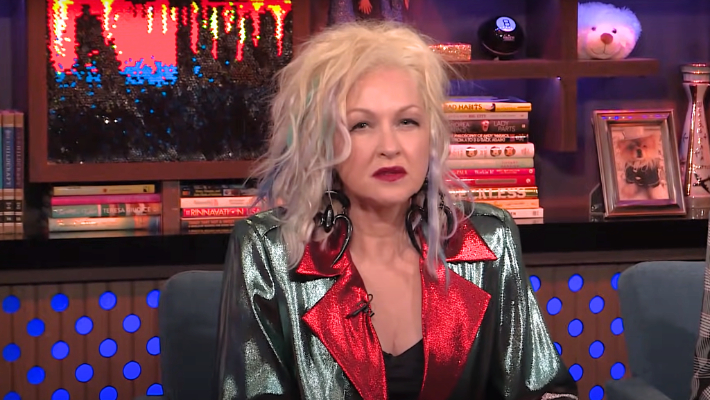We Need More Risks Like the Ones Until Dawn Takes
Despite an underwhelming box office and critical reception, the video game adaptation has the kind of experimentation the genre needs.


Survival is a game of odds determined by choice. Every action has a butterfly effect that impacts the decisionmaker and those around them. In some cases, hard choices must be made to achieve the optimum quality of survival. And the success or failure of those sacrifices is ultimately subjective. Those are the stakes of Supermassive Games’ Until Dawn (2015), an interactive horror survival video game in which players take control of eight friends who become stranded at a cabin on Blackwood Mountain during a memorial for their friend’s death and must survive myriad terrors…until dawn. [time-brightcove not-tgx=”true”]
Those same stakes are also true of adapting a video game for film or television, particularly when it comes to deviating from the source material. The very process of adaptation requires tough choices, and audiences’ responses to those choices have bearing not only on the success of the film or show itself, but on the entire climate of video game adaptations in a pop culture space that is looking for both box office and ratings success stories, and new ways to engage audiences with popular IP.
David Sandberg’s Until Dawn, from Screen Gems and PlayStation Productions, has received a mixed reaction from audiences as a result of its own choices, alongside middling reviews and a modest first weekend box office, though low production costs mean it’s likely to recoup if it hasn’t already. But Until Dawn is too interesting, and by my count, too fun, an experiment in bringing video game mechanics to the big screen to be discounted.
Read more: The 10 Best Video Games of 2024
Cinematic origins

Instead of following the plot or characters of the game, Until Dawn introduces us to a new group of friends. Clover (Ella Rubin), Max (Michael Cimino), Nina (Odessa A’zion), Megan (Ji-young Yoo), and Abe (Belmont Cameli) are searching for Clover’s missing sister, Melanie (Maia Mitchell), which leads them to a welcome center in an abandoned mining town, Glore Valley. Once there, they find themselves caught in a death loop, reliving the same night over and over again each time they are killed.
The hook, and what sets Until Dawn apart from other time-loop films like Palm Springs, Before I Fall, and Groundhog Day, is that each night offers different monsters and horror scenarios ranging from a masked slasher villain to a witch, wendigos, and more. And each time the characters return to life, with the memories of what they faced and how they died, they come back sporting traces of the injuries that killed them, their bodies changing until they start to become another one of the creatures stalking this nightmare scenario.
With 13 chances for all of them to survive together, the group is pitted against a ticking clock and must use the knowledge gained from their deaths to not only ensure their survival as a group but also avoid becoming “part of the night” forever. There are plenty of nods to the game, and the film is set in the same world, with Peter Stormare reprising his role as the mysterious and manipulative psychiatrist, Dr. Hill. But the film expands upon the game’s lore to create a unique, funhouse horror experience, a celebration of multiple horror subgenres and practical effects.
Making a film out of Until Dawn was never an easy prospect, and the decision not to use the story or characters from the game was met with backlash from many fans. The game, written by Larry Fessenden and Graham Reznick, is a masterwork in modern survival horror. It’s no surprise, given both writers’ history and success in the horror movie space (including Habit, Wendigo, The House of the Devil, and X), that Until Dawn has the scale, scope, and character dynamics of a movie. Additionally, the game features motion capture performances and voice acting from recognizable actors, including Rami Malek, Hayden Panettiere, and Jordan Fisher.
Until Dawn isn’t a case of the cutscenes simply highlighting the quality of graphics. The game looks and sounds like a movie in every regard, from its opening song to the lighting choices and angles, and the way the characters move through the world. Supermassive’s follow-up game, the equally excellent The Quarry, written by Reznick, Will Byles, and Alex Farnham, took things a step further by adding a movie mode that allowed “players” to watch the game like a movie, and offered different options like “Gorefest” for a more graphic experience, and the “Horror History Visual Filter Pack” which gave the game three filter options: Indie Horror, which mimicked 8mm style, ‘80s Horror, which offered a VHS-style look, and Classic Horror, for a black and white filter. Both Until Dawn and The Quarry—along with Supermassive’s series of shorter anthology horror games, The Dark Pictures Anthology, which Fessenden and Reznick kicked off with Man of Medan (2018) —have gained the attention and enthusiasm of video gamers and cinephiles.
Resisting a beat-for-beat approach

Given how thin the line between game and film was already, what was the point of making an Until Dawn movie? It’s a question many fans asked upon the film’s announcement. And the adaptation was never going to be as straightforward as its peers in this space. HBO has found immense ratings success and awards nominations with The Last of Us, which, while based on a PlayStation game far more action and gameplay-oriented than Until Dawn, follows the plot of the games almost beat for beat and sometimes shot for shot. Despite complaints that the show does little to justify its existence, and petty, often mean-spirited grievances over casting choices that don’t match the game designs, The Last of Us has been deemed a massive success and a high point in video game adaptations. Also a success, while taking a very different approach, is Amazon’s Fallout, which is set in the world and continuity of the games but introduces audiences to new characters within its vast, post-apocalyptic setting. But unlike The Last of Us and Until Dawn, Fallout is an RPG game in which gamers play as a character they’ve created and named, which makes the transition to a new protagonist for the series easier.
Some have argued that Sandberg and writers Gary Dauberman and Blair Butler could’ve simply adapted Until Dawn beat for beat, like The Last of Us. Undoubtedly, the characters would have had to be recast, given that the originating cast is now 10 years older than their characters, but it was certainly doable, and seemingly what some fans of the game would have preferred. But the movie’s creators have argued that that approach wouldn’t have captured the spirit of the game, in which numerous branching paths exist depending on the player’s choices. On the decision to not simply adapt the game, Sandberg explained his rationale in an interview with ScreenRant:
The game is pretty much a 10-hour movie, so I think it wouldn’t have been as interesting for me if we were doing just the game, because then it’s going to be like a cut-down, non-interactive version of the game, which just wouldn’t be the same thing. So, I was very excited to read the script and see that it took Until Dawn further and did more with it, but also kept—when you play the game, the fun part of it is sort of replaying it and making different choices for the characters and see different deaths and all these things. And that was so brilliantly incorporated in movie form, which is non-interactive, but you can still get the different outcomes.
Co-writer Blair Butler shared similar sentiments about her own reservations with rehashing the game. “The remaster [released in Fall 2024] was coming out roughly the same time that we were hoping to get this movie together. And that was another reason that I think everyone involved, Gary, as well, didn’t want to just remake the original storyline, beat for beat.”
The existential need for experimentation

The filmmakers’ desire for creative freedom, while playing around within the world of Until Dawn, is an understandable one. And I’d argue that the film still feels of a piece with the game, with the characters fulfilling the archetypes you’d see in a Supermassive game, and Jennifer Spence’s production design nailing the vibe and look of set pieces that would feel right at home in the game. Additionally, the film takes a page from the VR spin-off game, Until Dawn: Rush of Blood, which sees the player caught inside the mind of one of Until Dawn’s central characters and facing off against various nightmares inspired by his anxieties and fear of death. These aspects, along with the film implementing a version of the “Chapter Restart” option in the game with the time loop mechanism, all capture the spirit of the game. What Sandberg’s film is lean on is the quieter moments of the game that give players the option to talk to the other characters and learn more about them while building stronger relationships of both negative and positive impact.
While there were certainly other choices that could have been made in bringing Until Dawn to the big screen, there’s something of unique value in how the film works game mechanics, like our ability to restart when we make the wrong choice, into the narrative and theme of the story. If video game movies, especially those that already push the boundaries between film and television, are to have any longevity in Hollywood, then filmmakers have to do more than simply retell the games. Until Dawn may not strike the perfect balance, and there’s an opportunity for this method of adapting the choice-based mechanics to do more work in the character department in the future. But as a play test, it’s a successful first attempt at doing something new while incorporating the concept of the game. The alternative, and an option all fans of the game have, is to simply play the game again if we want to relive the exact experience of the game. Sometimes, even as fans of a game, if we want to see these properties survive and engage us in new ways, we just have to relinquish control.






































































